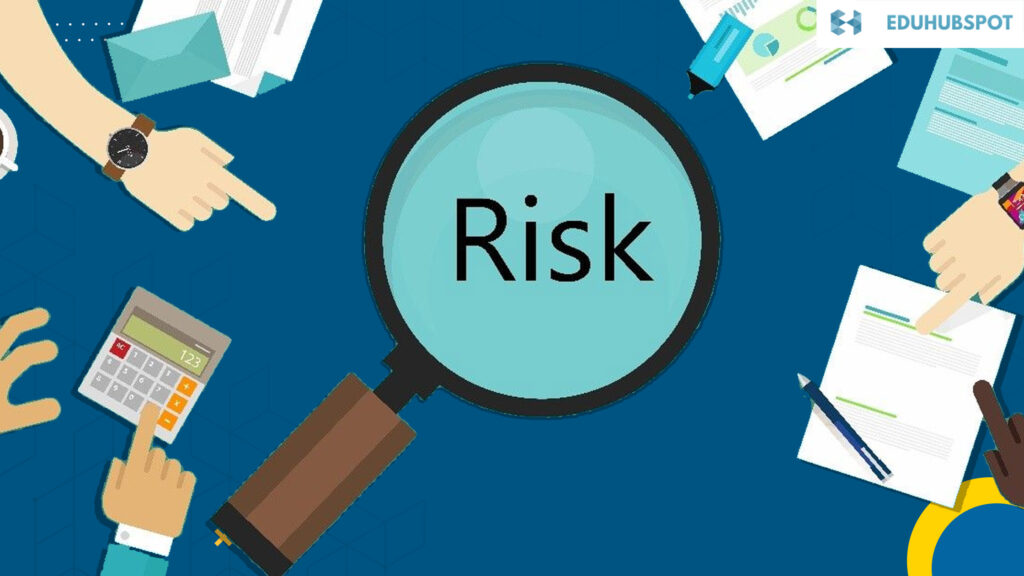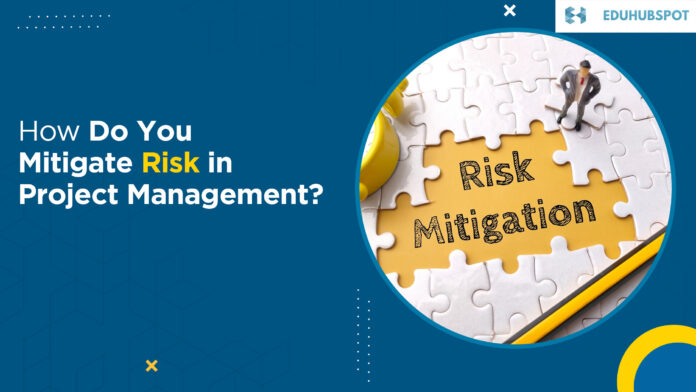One of the project management terms that are currently most relevant and frequently searched online is risk management. We are now in a better position to assess risk than ever thanks to today’s constantly growing level of computing power. As a result, risk management has become more commonplace recently, with more businesses and project managers integrating it into project management.
What does project management risk assessment entail?
The identification of risks, also known as risk assessment, is a recognition that something could go wrong. You create a list of potential risks and talk about ways to mitigate them in a risk assessment. Your project team should include several, if not all, members in the risk analysis process. Hold a meeting, then separately ask each team member for their opinion on the risks you should take into account. Learn more about risk management join PMP Bootcamp of EDUHUBSPOT.
How do you manage risks?
A project’s progress can be adversely affected by potential issues, which are identified, analyzed, and minimized through project risk management. Dealing with anything that could prevent the project from achieving its ultimate goal is the main goal of risk management in project management. Your project could go over budget, be delayed, or even come to a complete halt if project risks aren’t recognized, mitigated, or eliminated.
Managing risks in projects (in advance)
A key competency of a successful project manager is the capacity to anticipate risks that could materialize at any time in the future. A clear risk management strategy enables you to prepare for unforeseen events and reduce unforeseen costs by conserving valuable resources like time, money, assets, and people.
The following six-step plan can assist you in identifying and controlling risk before things spiral out of control.

1. Incorporate risk management into your project planning
Integrating risk management into your projects is the first and most important thing you can do to enhance your project management. Project risk management is now being implemented by many businesses and organizations to teach their staff how to identify risks before they worsen. One needs knowledge and experience to be able to concentrate on potential outcomes to identify risks.
In addition to hiring knowledgeable project managers and team members, you can organize “risk brainstorming sessions” to identify potential risks.
To find unexpected risks that might occur, it is beneficial to experiment with various risk identification techniques. For instance, you might consider data loss to be a risk and look into the best backup programs for your company.
2. Inform others of risks
Isn’t it wonderful when a team member foresees and mentions a potential risk in a team meeting, and you already had a backup in mind when that risk materialized? At this point, risk communication enters the picture.
Major failures could frequently have been avoided with regular communication. The most practical approach would be to discuss potential risks as you work on individual tasks so that you can be prepared with a Plan B in case things don’t go as expected.
When communicating risk, be sure to include information about how it will affect your project, how likely it is to occur, and what you can do to reduce the likelihood that it will. If you are the project manager, make sure to foster a culture where people feel free to openly discuss risk during meetings or one-on-one conversations without fear of repercussions.
3. Prioritize risks
Low-degree risks and high-degree risks are the two different categories of risks. Low-degree risks, as their name implies, are those that may have an impact but are still controllable. High-level risks, however, could have a significant impact on the outcome and significantly halt progress. It is important to note that some risks have a greater effect than others.
Invest some time in ranking risks according to their importance and determining how they will affect the project. Either you can prioritize risks based entirely on your instincts or you can have a set of criteria. It is advisable to select a method that is fairly realistic and enables you to assess the likelihood and consequences of a risk.
4. Examine the risk
You can take significant steps for the benefit of a project by using risk analysis, which is a crucial component of risk management. Because of this, it’s critical to comprehend a risk’s characteristics and potential consequences. Never forget that risk analysis happens on a variety of levels and is not just one-dimensional.
There are times when seemingly minor risks can turn into major problems with detrimental effects. At this point, a project manager’s true effectiveness becomes apparent. Such analysis can assist you in determining the scope of an impact on a project’s budget, deadlines, and product quality.
5. Implement risk mitigation measures as soon as you can
The aforementioned ideas help you identify and rank risks, but the real impact on a project will come from putting risk responses into practice. Risk minimization, risk avoidance, and risk acceptance are the three options available.
It is best to take the risk if the effects on a project are small or impossible to influence. You can plan or manipulate the project to make sure that risk will be encountered as infrequently as possible while avoiding it. To reduce risk, you must work to change its root causes or amplify its positive effects to make up for it.
6. Consistently find them
Regular risk tracking will help you and the team identify the most prevalent risks and their effects on projects. The simplest approach would be to compile a report after the project is finished, identify risk tasks, their causes, and their effects, and analyze them so you know how to deal with them in case you run into them on another project.
Conclusion
You can implement risk management effectively in your upcoming projects thanks to the points mentioned above. To reduce risks, don’t be afraid to experiment or try out various project management techniques or tools in your management style.







